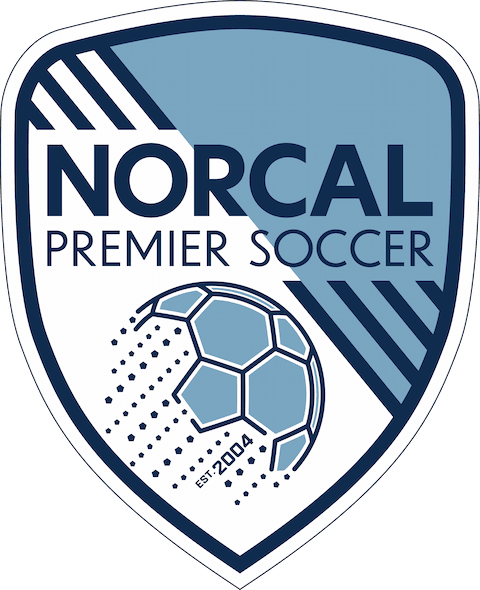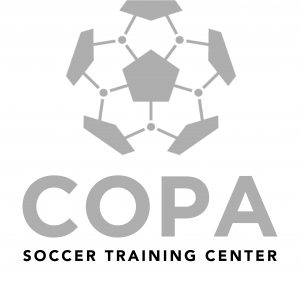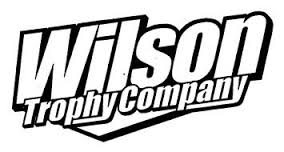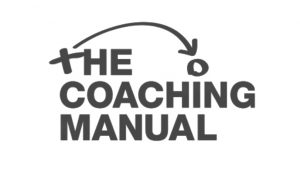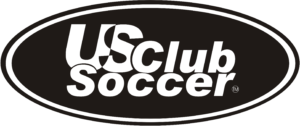Q & A: Mustang SC Director of Coaching John Doyle

Note: NorCal Premier Soccer regularly sits down with an influential figure in the youth soccer landscape to pick their brain about a variety of different topics that are relevant in the current soccer environment in the United States. For this edition, we spoke to Mustang SC Director of Coaching John Doyle. Part of the U.S. Men’s National Team that qualified for the program’s first World Cup in 40 years, Doyle earned 53 caps for the United States in eight years and was a member of the original San Jose Clash squad that played in the inaugural Major League Soccer game in 1996. In San Jose, Doyle won the 1996 MLS Defender of the Year award and was named to the league’s Best XI. After retiring, the NorCal native went on to become the General Manager for the Earthquakes for nearly a 10-year period.
NorCal: You’ve been involved in soccer at every level in Northern California for decades, how have you seen it change since you where a kid?
Doyle: It’s changed, everything has changed. I coach a boys team and couple of years ago, we had a season that was going well and I said to them, “when I was 12, we had a team that was like this where we hadn’t lost many games, but the difference is that when I was your age, we had seven million people in Northern California. Now we have 17 million people, so it’s a little harder, what you guys are doing.” You kind of look at growth in general and the population growth is a huge thing, the influx of different cultures into the Bay Area. The Bay Area was always very diverse anyway, but I think it’s a huge soccer culture living here. Growing up in Fremont, we had every ethnicity on our team and I think it’s the same now.
NorCal: You played in some of the semi-professional leagues that came around after the NASL but before MLS. What was it like trying to make it as a professional when there wasn’t a clear pathway after youth soccer other than the college game?
Doyle: It was very different, you had the Balboa League in San Francisco. On any Sunday in San Francisco, you would have a guy who played in the World Cup for Honduras or a guy who played professionally in El Salvador. In the Balboa League, you’d get $100 a game if you were lucky or some free Copa Mundials or something for playing. But it was all players who wanted to move to the United States from Latin America who just landed here in San Francisco and then the local kids, who were either U19 kids who wanted to play with adults or college kids. At the time, college kids could play in the Balboa League, there wasn’t spring soccer. All of us would get dispersed on whatever teams wanted us and played every Sunday with men. There were good players, it was a good standard, the field was good for the time. There was a different iteration of the San Jose Earthquakes that I played in and then there were the Bay Blackhawks, which was a really good team. I played with Eric Wynalda, Dominic Kinnear, Paul Bravo, Jeff Baicher, Marcelo Balboa, Mark Dougherty, Paul Holocher…I’m missing some people but I think that would have been a really good MLS squad. That was great, we were making two grand a month, we were kind of pros, we were playing against Pumas at Memorial Junior High School, we were playing games wherever we can, we were getting to practice every day, there was kind of a trainer, there wasn’t really a locker room, we had to wash our own clothes. You’d finish training and you’d drive back home in your dirty clothes and maybe just throw them back on a day later when you trained. It was a very different time.
NorCal: What about your early years in MLS compared to now?
Doyle: Fast forward to 1996 and we were at Spartan Stadium, a pretty narrow field — 60 yards of width was generous. The locker rooms were portables, we had no training facilities. We’d go to West Valley Junior College or a field at Morgan Hill. So I’d drive to Spartan Stadium, we’d get in our portable where there were no tables. We had a beat up coffee machine. So you’d wait for the coach to come out and then drive to either West Valley or Morgan Hill and then hope that you didn’t get a parking ticket or get your car towed. This was even up to the point where Landon Donovan was here and the Quakes were winning championships. That was just what we did. And training wasn’t closed to anyone so there would be kids running around the field the day before the games when we were trying to do set pieces. To go to where Major League Soccer is now…the proudest thing I did with the Earthquakes was that I was able to get them a practice field because we never had a practice field. The first couple of years, (owners) Lew Wolff and John Fisher told me that they would spend $1.5 million on a Designated Player, but I said, “where are we going to have the DP practice? If we get Chicharito, is he really going to be impressed by getting into his car and driving to West Valley Junior College?” So I was able to convince them to build a practice field on the site of where we were going to build our stadium…All of the things that we take for granted now, just go look back at 1996 (to see how far we’ve come). I’m proud of where it’s come. You just want to cross your fingers and hope it keeps going in the right direction because you look at Atlanta, Seattle…we played in Seattle (in the mid-90s) and I wasn’t convinced that when Seattle came to Major League Soccer that it was going to be a big thing and then it was like, wow, they have 40,000 season ticket holders. It’s just been really impressive, where it’s gone. Taking that back to the youth, it’s helped make youth soccer more professional because you have players who have played at a high level that are coming back into the youth game and sharing their experiences, sharing their knowledge of just their daily routines of what it means to be a professional. Our top league has gotten to a higher level and you can see it trickling down.
NorCal: Having mentioned all that, do you think soccer in Northern California, from the youth game all the way to the professional game, is on the right path?
Doyle: I do, I’m very bullish on the players that we’ve developed. Go back to the early Blackhawks teams, there were really good players on that team and the majority of them were from Northern California. We’re still creating great players. In recent years, just look at Chris Wondolowski, he’s the all-time leading goalscorer in Major League Soccer. You’ve got Nick Lima, David Bingham, Tommy Thompson, I’m missing a ton, but I think we’ve gone a long way. I think our women’s game is improving as well through NorCal, through the ECNL, through the women’s academy. We put a lot of kids into college and a lot of kids are getting an opportunity to keep playing soccer. The NWSL is improving. So I think e’re on the right path. You can always tweak things, fix things, get more organized, but I’m really impressed with the amount of soccer and the quality of soccer week-in and week-out.
NorCal: How are things going at Mustang SC?
Doyle: In general, we’re excited with the way things are going. We have a fabulous staff and a great group of people who love the club and are loyal to the club. We have a fabulous Executive Director in Fred Wilson who has been my business partner for 20 years and he keeps the organizational side at the top. As far as players, we’re developing good, well-rounded players who can play in any system and are able to adapt when they’re thrown into different situations. I’m proud of the way the kids behave, it’s important to me the way people behave and the way coaches behave on the sideline. I think anybody who saw me play knew I tried hard and I was competitive end-to-end, but in the professional game, crossing the line is a blurred line. But in the youth game, it should be clear, very clear. At Benfica if you walk into the first team, they say, “we want to win at all costs.” If you go into their youth building, it says, “we try to win, but not at all costs.” So do I want to win youth games? Yes, but not to the point of screaming at a referee or another coach or an opponent’s players. We try to do our best to win and be successful, but in the right way. Or at least what I think is the right way. Some people say that you try to win in youth soccer at all costs and that’s their opinion. My opinion is that you try to win the right way.
NorCal: Given the current situation with COVID-19, no one can train together right now. What do you recommend for youth players who are still looking to stay involved with soccer and continue their development during this time?
Doyle: We have a lot of Zoom calls going on with the kids. We’ve given them curriculums and homework and have them post videos of what they’re doing. But I think it falls on the individual player to want to go outside and to want to juggle and to want to work on technique and to want to work on fitness. We want to make sure that we observe all the rules and don’t have kids getting into groups, but individually you can do a ton of stuff. If I’m an eight-year-old player, my juggling should go from five to 500 during this time. If you have space in your back yard, there you go. My analogy is that my putting is getting great right now. I’m not going out and juggling every day because I don’t have to anymore, but my five-foot putting, my ten-foot putting, my twenty-foot putting is getting a lot better. My chipping is getting a lot better. Being around the game teaches you so much, but you can still watch games, you can watch videos. Someone asked (Atlanta United Technical Director) Carlos Bocanegra, “what’s going on with your scouting department?” He said, “well, there’s plenty of games to watch still.” For our young players, this is a great time to work on individual fitness, work on ladders, work on technique. The only thing that’s being taken away from you, which we have no control over, is the game. And we’re going to get back to the game, so make sure that when you get back, you’re physically fit and better.
